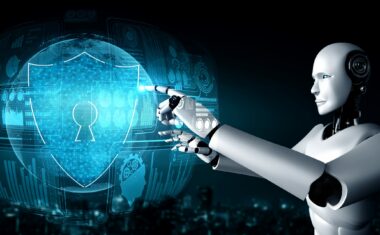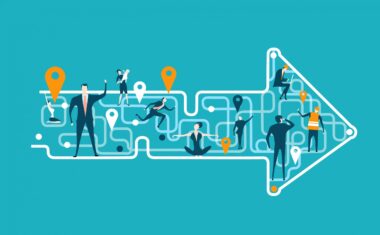Data Science vs Statistics: Learn the Difference

In this article
- Is There a Difference Between Data Science and Statistics?
- Data Science vs. Statistics: Discipline
- Data Science vs. Statistics: Applications
- Data Science vs. Statistics: Process
- Data Science vs. Statistics: Type of Data
- Data Science vs. Statistics: Tools
- Data Science vs. Statistics: Career
- Data Science vs. Statistics: What’s the Right Choice for Me?
- Data Science vs. Statistics FAQs
While the field of statistics is integral to data science, and data science is one of the most lucrative paths for someone with a statistics background, data science and statistics aren’t the same thing. Both do involve collecting and analyzing data, usually to make decisions in a business context, but their differences are numerous, and it’s important to know the differences between the two if you’re considering a career in either.
In this article, we’ll explore those differences. By the end of this article, you won’t just know the differences between the two. You’ll also be able to make an informed decision about which career path is right for you.
Is There a Difference Between Data Science and Statistics?
Yes, there is a difference between data science and statistics. In general, statistics is the study of numerical or quantitative data to make predictions or draw conclusions about a population. Data science is an applied subset of statistics that uses statistical methods to analyze large amounts of data and understand the results better.
Data Science vs. Statistics: Discipline
Data science and statistics are two closely related fields that do overlap. But they are also distinct in some ways. Here’s what makes each discipline unique.
What Is Data Science?
Data science is the process of extracting knowledge from data in various forms. It involves data cleaning, integration, visualization, and statistical analysis of data sets to uncover patterns and trends. Data scientists use tools such as Python, R, SAS, and Tableau to analyze large amounts of data.
What Is Statistics?
Statistics is a branch of mathematics that deals with collecting, analyzing, and interpreting numerical data. It can be used to help identify patterns in data, determine whether there are any significant differences between two or more data groups, and make predictions about future outcomes based on current trends.
Data Science vs. Statistics: Applications
Let’s look at the different applications of data science and statistics to determine which career would suit you best.
What Are the Different Applications of Data Science?
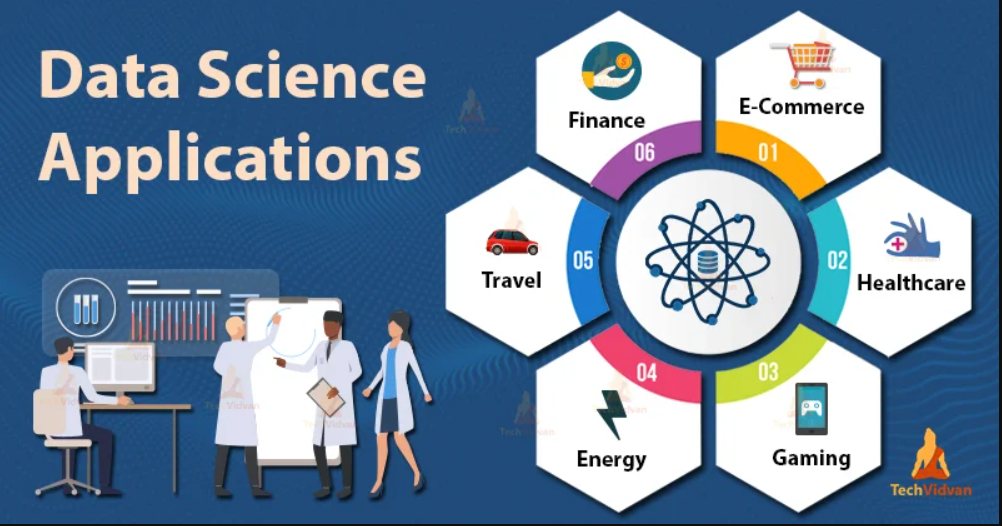
Computer programming is one of the most common applications for data science. This allows for the creation of programs to make decisions and solve problems. A program could be designed to analyze your search history and suggest products based on your interests or needs. Another way is to create artificial AI bots that can talk to people online or perform tasks.
Another application for data science is in marketing strategies. Companies use data from past experiences to predict what customers might want next and plan accordingly, so they can offer those items before any competitors do. This strategy has helped many companies succeed in their industry because they’re able to provide precisely what their customers want without second guessing.
Data scientists also work closely with engineers who design new products; together, they figure out how best to use technology within those products, so they perform better overall than if those same technologies were used separately.
What Are the Different Applications of Statistics?
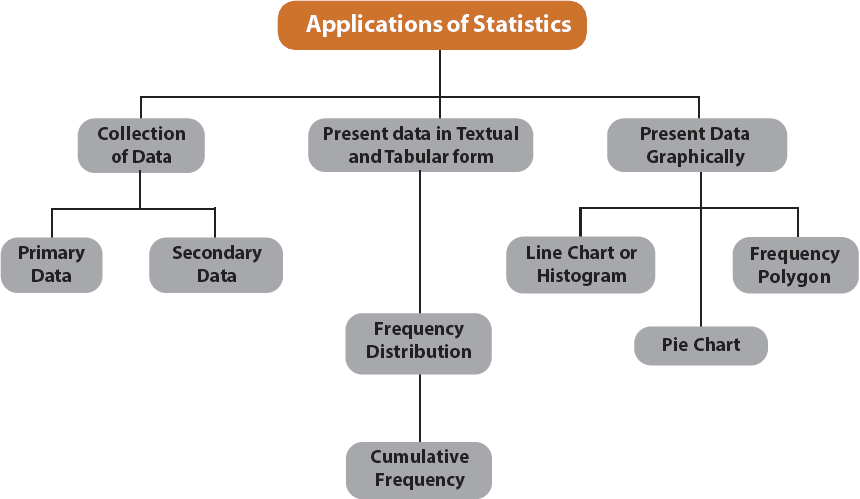
Statistics are the backbone of many industries, including the scientific community, business, and government. Statistics can be used in everything from determining how many people will attend an event to determining whether or not a product is healthy or safe.
Statistics are also used to interpret data from experiments and surveys.
Data Science vs. Statistics: Process
The data science process is much more complex than the statistical process. It involves several steps, each requiring significant time and effort.
What Does the Data Science Process Look Like?
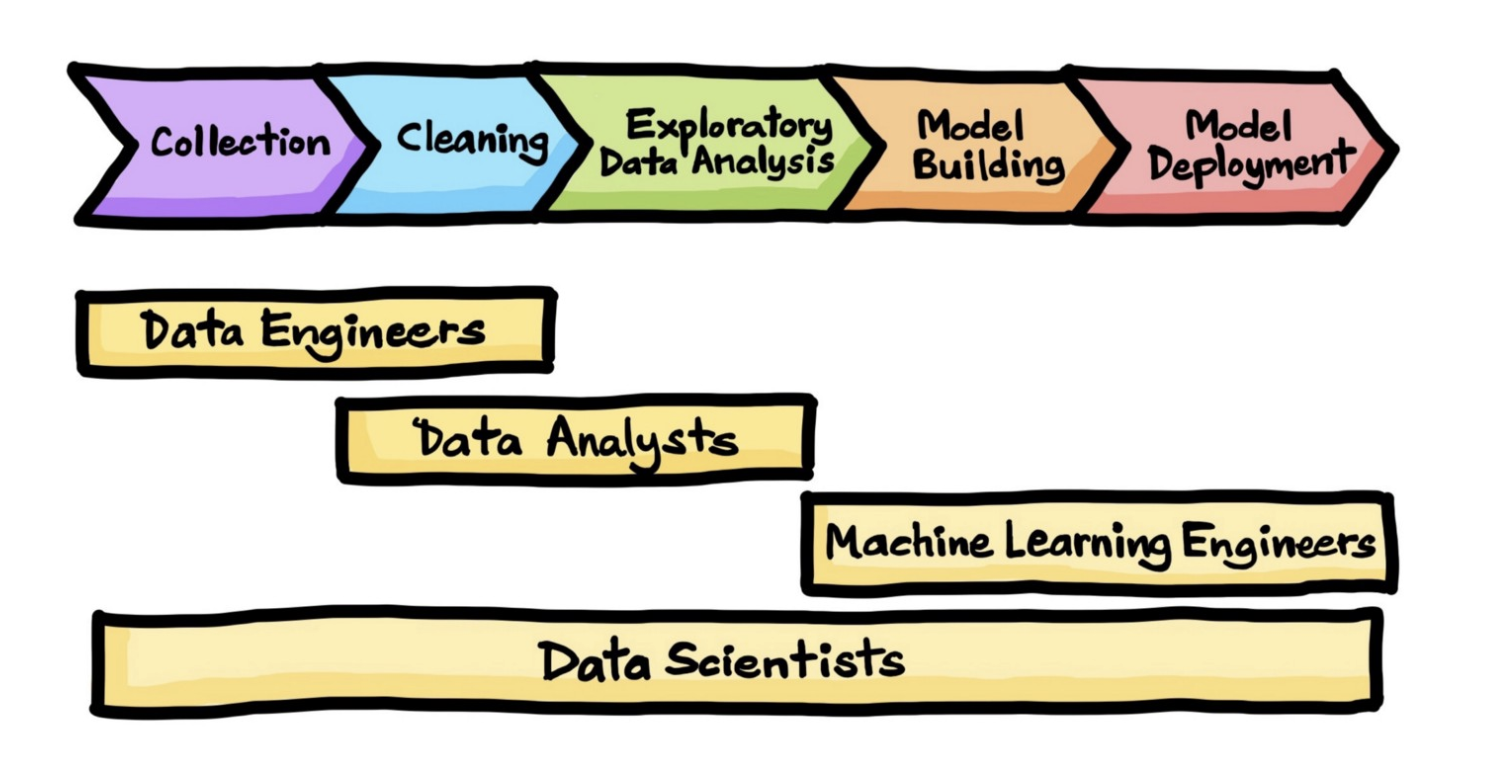
The first step in the data science process is collecting data from various sources. The next step is cleaning the data, removing irrelevant information, and combining different datasets.
Then comes analysis and interpretation, where statistical techniques are applied to the datasets to find patterns or trends that can be used for decision-making.
Finally, there’s visualization, where graphs or charts are generated based on the data analysis results so that people can easily interpret them.
What Does the Statistical Process Look Like?
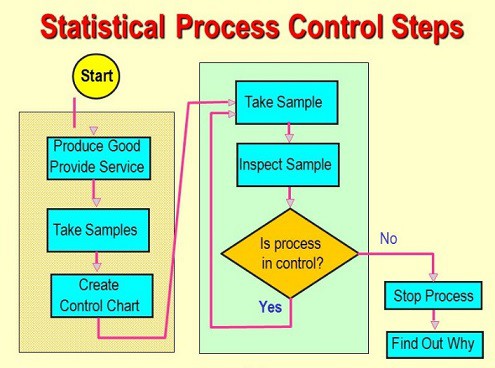
On the other hand, the statistical process starts by collecting the data through surveys, questionnaires, and interviews. This data is then analyzed and tested for statistical significance.
After this phase is complete, it’s time to create hypotheses that can be tested on the population of interest. The next step is to design an analysis plan that will allow you to test your hypothesis as thoroughly as possible. Finally, you’ll run your experiment and analyze the results before deciding whether or not your theory is true.
Data Science vs. Statistics: Type of Data
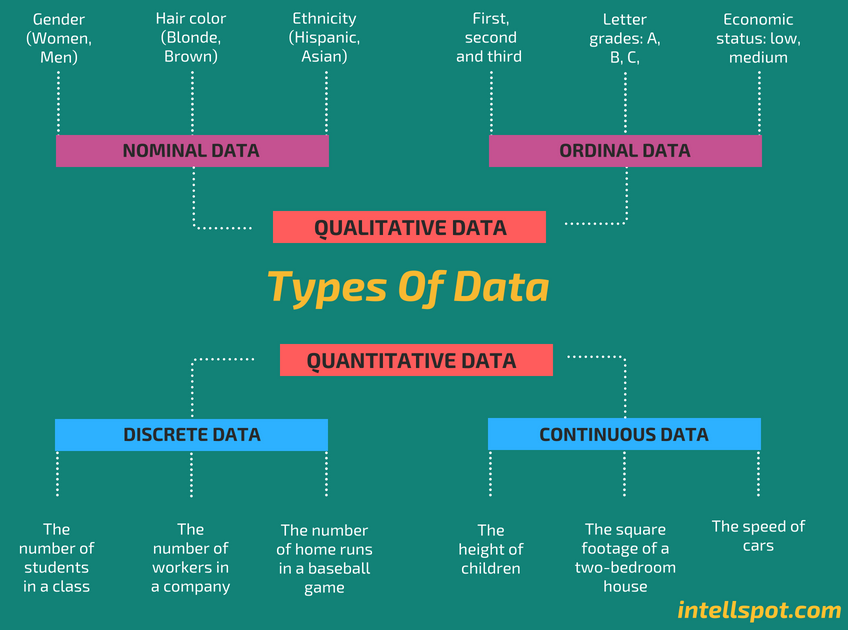
Both statistics and data science are used to analyze and interpret data. But the two disciplines have some distinct differences in terms of which types of data professionals use.
What Type of Data Do Data Scientists Usually Use?
Data scientists often work with unstructured data, which does not fit into a traditional database structure. It can be thought of as “free-form” data or data with no apparent structure. Unstructured data can include emails, documents, images, audio and video files, social media posts, etc.
What Type of Data Do Statisticians Usually Use?
Statisticians use two main types of data—categorical and numerical.
Categorical data include things like gender, race, or political party affiliation. They are often coded as numbers, but they can also be represented by letters or other symbols. This data can be further classified into nominal and ordinal data.
Numerical data are measurements such as age or height. They often appear in charts that look like tables of numbers. This data can be further classified into interval and ratio data.
Data Science vs. Statistics: Tools
Here are the tools that data scientists and statisticians use to do their work.
Popular Data Science Tools
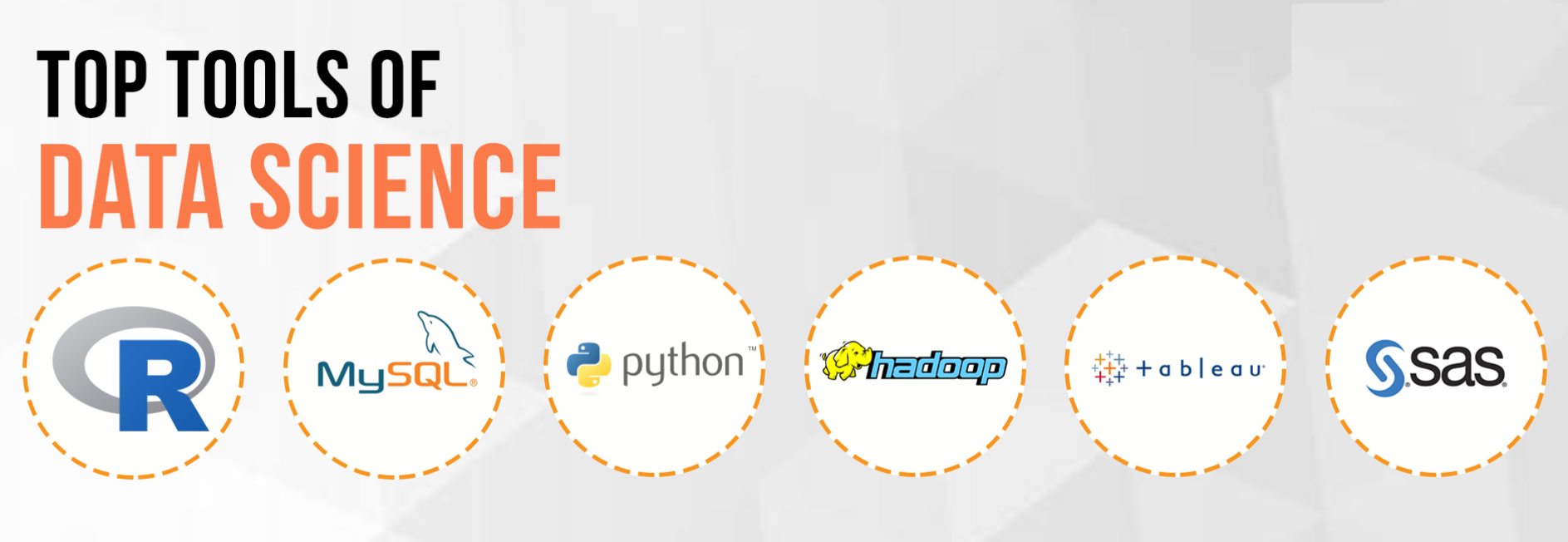
The most popular tools data scientists use are SAS, Tableau, and Python.
SAS is used by companies that want to analyze large amounts of data, while Tableau is used by smaller businesses that need to visualize their data and make it more accessible. Python is another popular tool because it is used for machine learning and artificial intelligence applications.
Data scientists also use TensorFlow, an open-source library for machine learning models.
Popular Statistics Tools
SPSS is a popular statistical software tool used by statisticians. It’s a program that uses statistical and mathematical procedures to analyze data. It’s used in research, market analysis, and other applications.
Additionally, statisticians use Microsoft Excel for graphs, charts, and tables and MATLAB to analyze their data.
Data Science vs. Statistics: Career

Data science and statistics are both highly sought-after skills in the modern workplace, but the two roles are often quite different in terms of the work they involve.
The Role
What Does a Data Scientist Do?
A data scientist is an analytical professional who uses qualitative and quantitative methods to solve business problems. They use their expertise to collect, analyze, and interpret data to help their organizations better understand their customers.
Data scientists often create prototypes of new products or services that users can test. Data scientists may also work on improving existing systems by developing algorithms that can automate tasks. They often work closely with software engineers to develop predictive models that can be applied throughout the company’s operations.
What Does a Statistician Do?
A statistician analyzes data using scientific methods and mathematical models to predict future events or trends. Statisticians may also assist in experimental design used by other researchers to test hypotheses about how things work or how people behave under certain circumstances.
Job Description
Data Scientist Job Description
A data scientist’s job revolves around finding the most effective way to utilize data to make better decisions in business. The position requires a wide range of computer and mathematical skills and knowledge. A data scientist is responsible for designing and implementing simple models that help businesses understand their customers and create better products or services.
Statistician Job Description
A statistician’s job description is similar to that of a data scientist. The main difference is that statisticians focus on collecting and analyzing information through statistical methods rather than visualizing it to find patterns or trends in their analysis.
Get To Know Other Data Science Students
Esme Gaisford
Senior Quantitative Data Analyst at Pandora
Jonathan King
Sr. Healthcare Analyst at IBM
Melanie Hanna
Data Scientist at Farmer's Fridge
Education, Skills, and Other Prerequisites
Whether you’re an aspiring data scientist or statistician, you need to be aware of the education, skills, and other prerequisites required to get a job in this competitive field.
What Are the Requirements To Become a Data Scientist?
Here are the requirements to become a data scientist.
Education
A bachelor’s degree program in computer science, statistical science, or a related field is the minimum requirement for most data science positions. A master’s degree may be preferred, particularly for senior positions. In some cases, a Ph.D. is preferred or required.
However, it’s increasingly common for companies to hire data scientists that have only completed a bootcamp, such as Springboard’s Data Science Career Track.
Skills
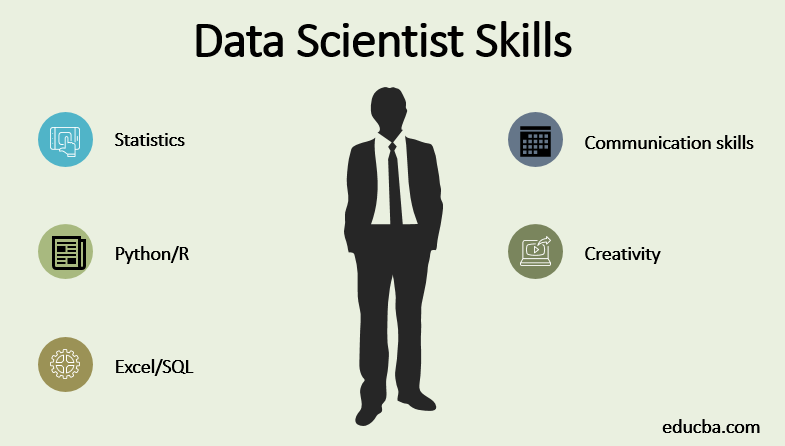
Data scientists must be able to communicate their findings in a concise and understandable way. They should also be well-versed in statistics and data analysis methods such as clustering, regression analysis, and machine learning algorithms like random forests and neural networks.
Other Prerequisites
After earning your undergraduate degree or completing your bootcamp, most employers will require at least one year of work experience before hiring someone as an entry-level data scientist. However, some companies may hire new graduates as interns who can gain valuable experience before being promoted internally after three years of service (or earlier).
What Are the Requirements To Become a Statistician?
Here are the requirements to become a statistician.
Education
If you’re considering becoming a statistician, you’ll need lots of math and science classes under your belt—at least through college or graduate school. Statistics is all about numbers, so having a solid mathematical background will help prepare you for this career path.
Skills
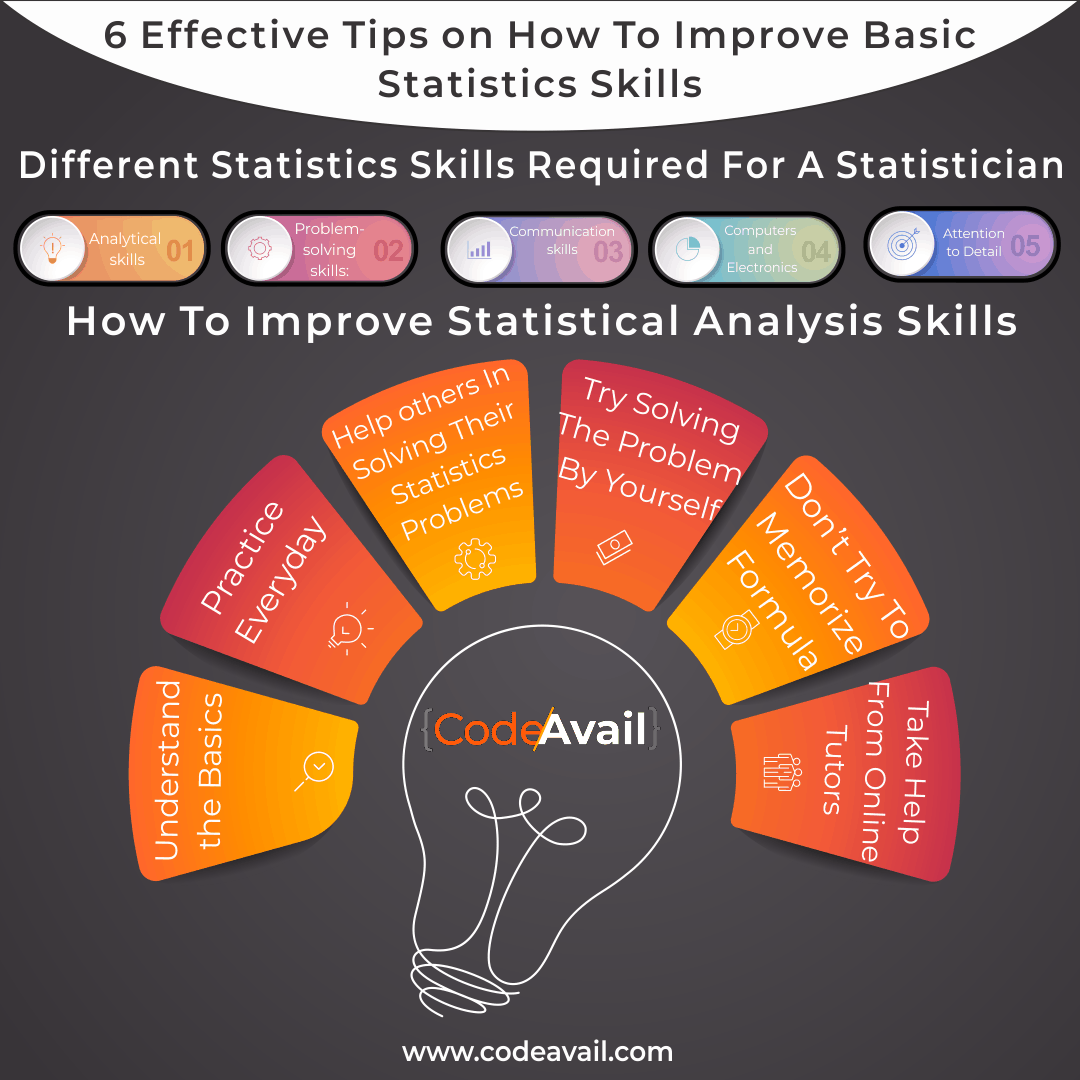
You will need strong math and data analysis skills to succeed as a statistician. A background in computer programming is also helpful because many statistical programs are written in programming languages like Java and R. To be successful as a statistician, you should also have strong communication skills since much of your work will involve communicating with clients and colleagues about the results of surveys conducted by your firm.
Other Prerequisites
Being organized (keeping track of data), being patient (running tests over and over again), and having problem-solving abilities are all good skills to have.
Salary
If you’re looking for a data science or statistics job, you might wonder how much you can make.
How Much Does a Data Scientist Make?
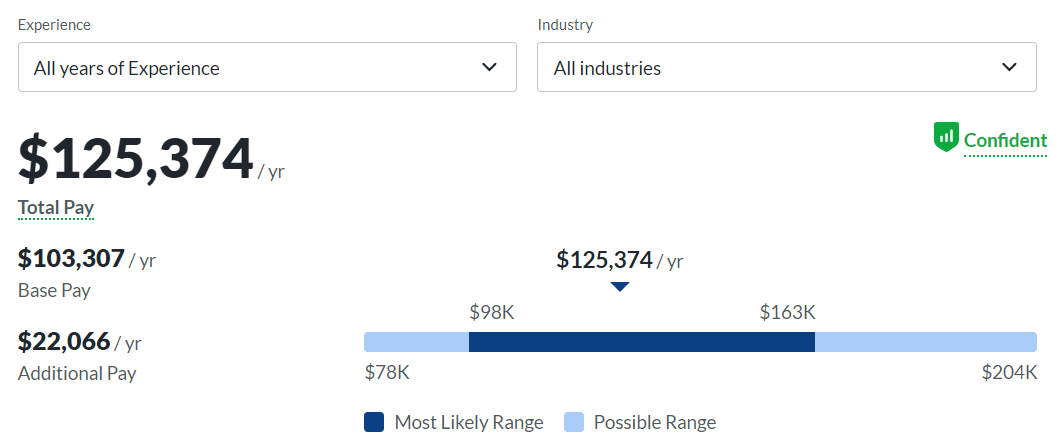
Typically, a data scientist earns an average salary of $125,374 per year, regardless of industry or years of experience.
How Much Does a Statistician Make?

According to Payscale, a statistician earns an average of $82,450 annually.
Career Path
Career paths differ between statisticians and data scientists. Here’s what you should expect.
What Does the Typical Career Path of a Data Scientist Look Like?
Usually, data scientists start their careers by pursuing an entry-level job that involves analyzing data, finding patterns and trends, and communicating the findings to colleagues.
The next step is becoming a data analyst, managing projects and teams, and conducting a deeper analysis of large datasets. You’ll also need experience with machine learning or other advanced statistical tools like R or Python.
After a few years of experience, you can take on more complex tasks than before and become an expert in your field of study. You will be responsible for building statistical models that help businesses make better decisions about their products or services based on historical data sets collected over time.
What Does the Typical Career Path of a Statistician Look Like?
Statisticians are often employed at universities, teaching classes and conducting research. They also work for private companies and government agencies, using the technical skills they’ve learned to analyze data and solve problems.
Some statisticians focus on applied mathematics rather than more theoretical fields of study. The career paths available to these statisticians differ from those who pursue academic careers.
Statisticians often progress from interns or junior-level data analysts to senior-level data analysts at companies with large data science teams.
Data Science vs. Statistics: What’s the Right Choice for Me?

Data science and statistics are different fields of study with different goals and approaches. If you’re interested in either field, it helps to know the differences so you can make an educated decision about which one is right for you.
Who Should Consider a Data Science Career?
A data science career is perfect for people interested in the intersection of computers and business. If you’re looking to get involved with data science, you can take many different paths.
If you’re an aspiring coder who wants to work in this field, you’ll need computer science and mathematics training. You’ll also need to communicate effectively with people who don’t know much about coding or the technical aspects of data analysis.
If you’re more interested in the business side of things, this field may also be a good fit for you. Even if you don’t have a background in technical fields like computer science or math, having some experience working on teams will help you succeed in this line of work because teamwork is important when analyzing large amounts of data sets.
Who Should Consider a Statistics Career?
The field of statistics has applications in nearly every sector and industry. In addition to being a smart choice for students interested in math, science, and technology, statistics is also an excellent fit for people who are passionate about social justice and want to make a difference through their work.
Statistics careers are popular among government agencies such as the Census Bureau or the Centers for Disease Control and Prevention (CDC), private companies like Microsoft and Facebook, non-profits like Doctors Without Borders, universities, and research organizations.
Data Science vs. Statistics FAQs
We’ve got the answers to your most frequently asked questions:
Is There a Lot of Math in Data Science and Statistics?
There’s definitely a lot of math involved in statistics. With data science, less so. Data scientists are more concerned with gathering and analyzing data to find patterns, rather than crunching numbers. But some mathematical concepts, such as probability and linear algebra, are essential to understand.
Which Is Better: An MSc in Statistics or Data Science?
It depends on your goals. If you’re interested in working with data as a profession, then an MSc in Data Science will help you develop the essential skills and knowledge necessary to work with data. But if you’re looking for something more technical, like statistical analysis or forecasting, then an MSc in Statistics might be more suited to your needs.
Are Statisticians Still in Demand?
Yes. Because of the growing use of data and the need to collect it, statisticians are needed more than ever. According to the U.S. Bureau of Labor Statistics, the employment of statisticians is expected to grow by 31% between 2021 and 2031.
Can I Become a Data Scientist With a Statistics Degree?
Yes. Many people with a bachelor’s degree in statistics go on to get advanced degrees in data science or business analytics to pursue careers as data scientists. And there are some jobs where having a bachelor’s degree in statistics can give you an edge over candidates with a bachelor’s degree in other subjects.
Since you’re here…Are you a future data scientist? Investigate with our free guide to what a data scientist actually does. When you’re ready to build a CV that will make hiring managers melt, join our Data Science Bootcamp that guarantees a job or your tuition back!



